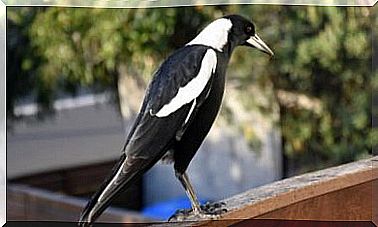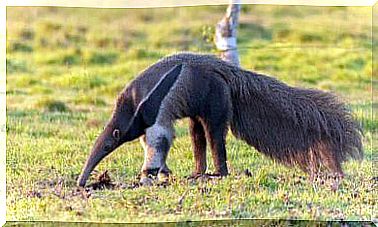What Is The Best Diet For The Environment?

Many people wonder what is the best diet for the environment. While some say the vegan diet saves many species of animals, others say the vegan diet can be even more harmful. Who is right?
Why does eating meat or vegetables affect the environment?
While a vegan diet isn’t necessarily better, when we ask ourselves which diet is best for the environment, it ‘s true that we have to be mindful of the amount of meat we eat.
To generate muscle mass, your body needs protein, that is, it needs to feed from a source of this compound.
This process is quite ineffective, because the calories you must ingest from foods to build muscle mass of similar caloric value is much higher. This also happens to cows and other animals.
So the answer is clear: producing a kilo of meat is much more expensive for nature than producing a kilo of vegetables.
It’s difficult to specify, but depending on the animal, producing a kilogram of meat protein requires between 4 and 16 kilograms of grain.
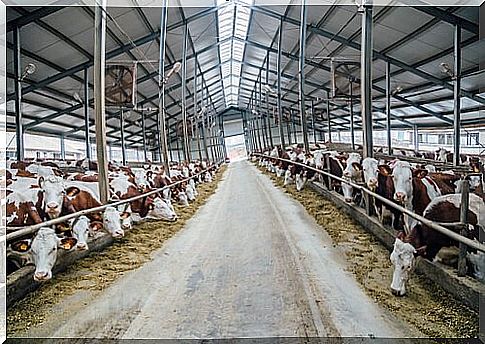
Produce meat: not very sustainable
If we ate these cereals ourselves, the impact on nature would be less, right? Large soy monocultures are one of the reasons why the Amazon fauna is threatened.
Furthermore, these animals and these crops need water: on average, it takes 10 times more than to produce meat.
Cattle also produce contamination, especially when we talk about intensive production. When these latifundia are built, nature is destroyed both for their construction and for feeding the animals.
However, extensive livestock farming coexists with the environment and generates less impact, even though it is insufficient to meet the current demand for meat.
Animals that live in this way are released into pastures, where they coexist with wildlife, and where grass and trees are an ecosystem of which cattle are also part.
Is a vegan diet better for the environment?
For all these reasons, many suggest that the vegan diet is best for the environment. However, producing vegetables also has an environmental cost that may even exceed that of meat.
Imagine you want to eat some strawberries and you have a small vegetable garden in your house where they grow enough for you to eat a nice bowl of dessert.
Now imagine that instead you go to a supermarket where you buy strawberries that come from South America, which are wrapped in plastic and traveled thousands of miles by plane and refrigerated truck to the supermarket.
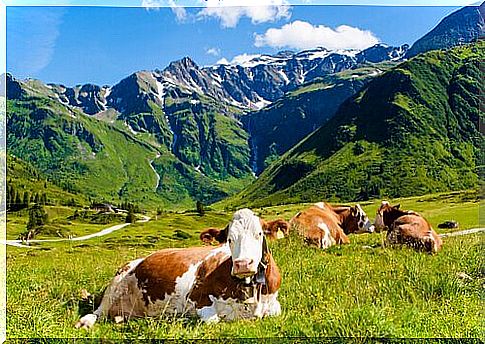
Vegetables also have an impact
Another option is that the strawberry is not so far away: imagine that you consume strawberries grown in your own country.
But they are grown in regions where there is practically no water, so you need to shift the water course, which can lead to drought in some regions.
Furthermore, these plantations are gigantic, so no birds or other wild animals live in them, and the bees have disappeared. In fact, in Doñana, the strawberry threatens emblematic animals such as the Iberian lynx.
Unsustainable vegetable production occurs with many trendy exotic fruits such as avocados, a classic of vegan diets that is putting the amount of water in southern Spain at risk.
Another example is palm oil, which causes destruction to Borneo’s forests and threatens orangutan families.
It’s important to note that many of the products that travel thousands of miles and come wrapped in plastics comply with organic product regulations, so organic foods aren’t necessarily better for the environment either.
In many occasions it is simply consumed due to fashion, and the producers are not concerned with protecting nature.
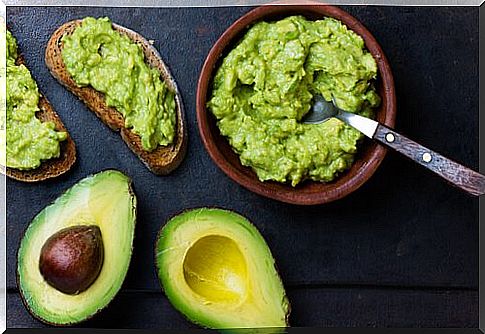
What is the best diet for the environment? one with less meat
Returning to the question of what is the best diet for the environment, it will undoubtedly be a diet that reduces meat consumption compared to the average diet in places like Europe or the United States.
In Spain, for example, more than 50 kilos of meat are consumed per person per year, which is equivalent to consuming 150 grams every day.
So when we talk about which diet is best for the environment, we’re talking about a diet where meat consumption is occasional.
Also, preferably, the meat should come from an extensive herd that is located as close to us as possible.
If possible, the ideal would be to buy it in local markets or directly from the producer, to avoid unnecessary travel and involving large amounts of plastic.
Furthermore, it is these types of extensive production that coexist with predators such as the wolf: if you consume local products from these farmers, you will help them to survive and protect livestock, which will likely reduce the pressure on the Iberian wolf.
What is the best diet for the environment? One with local vegetables
However, consuming vegetables does not guarantee that our diet is environmentally friendly: try to consume seasonal or seasonal products, because perhaps consuming strawberries in December is not very natural.
Try to reduce the consumption of exotic fruits that require transport thousands of kilometers to consume them.
In short, consume what you think is best, but find out what the real impact you have on the environment is and decide whether or not you want to remedy it.
Neither the vegan diet nor the omnivorous diet is necessarily better for nature: try to follow a diet that respects natural cycles.
Your diet should include foods produced close to you and based primarily on fruits and vegetables; thus, you will help nature a lot.




